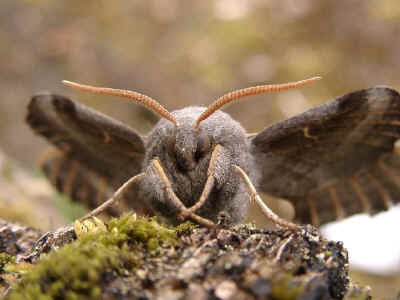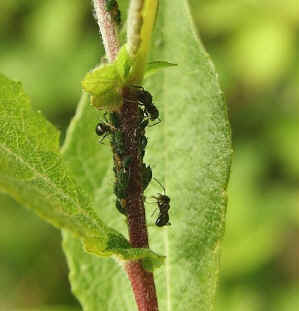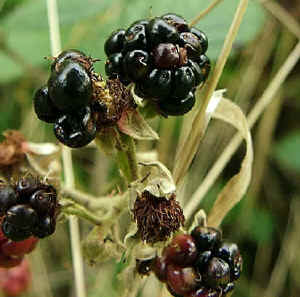 |
Poplar Hawkmoth |
Managing for Biodiversity
 |
Poplar Hawkmoth |
Biodiversity is a term which simply means 'the variety of life'. In order to ensure high biodiversity within a woodland, the woodland manager aims to provide a whole range of habitats and microhabitats. This is done by encouraging high plant diversity, managing the structure of the wood to provide a variety of microhabitats and retaining 'waste' products such as rotting wood. Management will need to take into account physical characteristics of individual woods such as topography, soil type, rainfall and aspect.
General Suggestions
 |
A reasonable diversity of native
plants (examples) can be planted or
encouraged by management. Plant species vary in the number of invertebrate species which
they will support. Native species will support more invertebrate species than introduced
ones. More here. Willow (left) plays host to a
staggering 450 different invertebrate species, including the aphids which these ants
protect in return for honeydew. Different types of tree also differ in their value as
habitats for a variety of lichens.
|
| . | |
 |
Increasing the
light levels under the main tree canopy will greatly benefit plant diversity within a
woodland. To achieve this, the canopy should be opened up by thinning out poorer specimens
of trees to create glades, or by planting young trees a greater distance apart. This will
allow more light to reach the woodland floor. This in turn encourages the development of field and ground layers within the wood. (More on
biodiversity and light here.) The more different types of plants there are within a wood, the
greater the variety of food sources available for invertebrates, birds and mammals. This
will include the leaves, flowers (of insect-pollinated plants), fruits, nuts and seeds of
the plants. The presence of a variety of plants with different flowering and fruiting
periods will also ensure that food of one kind or another is available most times of the
year. In addition, if one particular plant species has a bad year, it will be less likely
to have devastating effects on the animal population because there will be other
alternative food sources. |
Woodland Management Contents